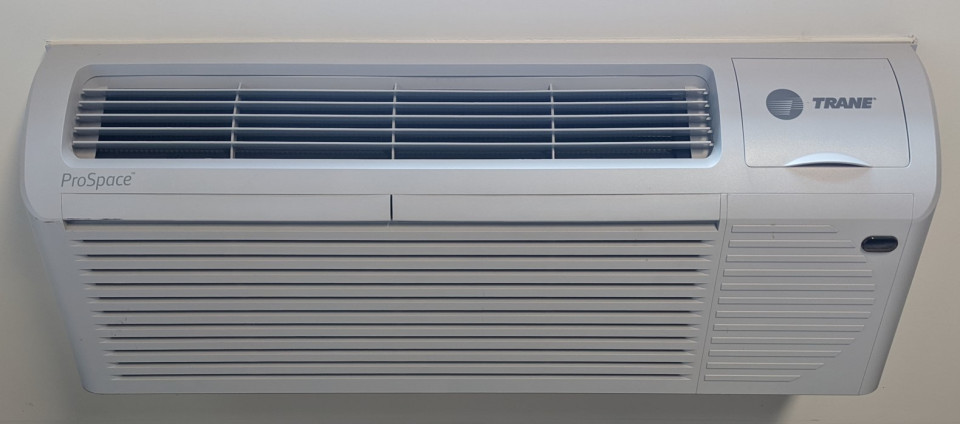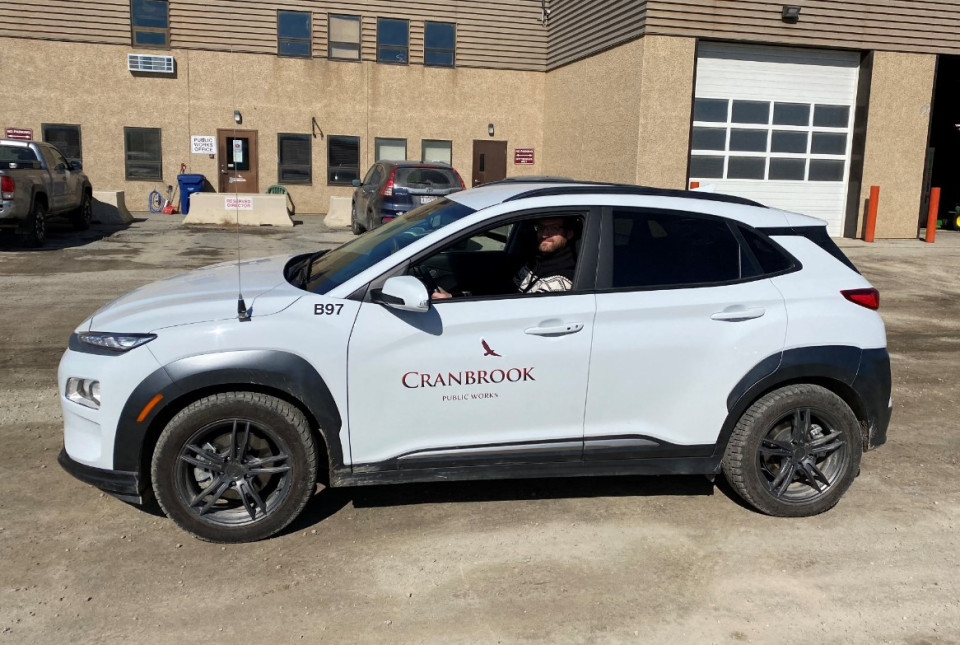Improve your efficiency

There is opportunity in almost every household to save some energy. Some methods require building retrofits, while others require no investment at all. Check out resources from BC Hydro, CleanBC and FortisBC to discover some ways that you can reduce your energy bill.
There is often an upfront cost to unlocking the long term energy savings, but thankfully organizations in BC are willing to help with that part:
- https://www.fortisbc.com/rebates-and-energy-savings/rebates-and-offers
- https://www.bchydro.com/powersmart/residential/rebates-programs.html
- https://betterhomesbc.ca/rebate-search-tool/
- https://betterhomesbc.ca/rebates/
Want some tools to help assess your home energy situation? Ask about borrowing the thermal camera from the Cranbrook Public Library, or consider purchasing a home energy monitor to see your energy use in real time.
Want someone else to assess your home for you? Not everyone can be an expert in every field, so hiring an energy advisor can help you get a handle on your home energy situation without needing to educate yourself on building science.
For additional information:
- BC Hydro – Smart Thermostats
- NRCAN – Smart Thermostats
- CBC – Induction Cooktops (Video)
- Better Homes BC
- Energy Star – Seal & Insulate
- BC Hydro – Insulation tips
- BC Hydro Draft Proofing
- BC Hydro Water Heaters
Reduce your household GHG emissions
Consider switching to a renewable energy source

Switching to heat created from hydroelectric power will dramatically reduce the GHG emissions from your home. It is no mystery that conventional electrical heaters are an expensive heat source to operate, but there is another electric alternative; heat pumps use a fraction of the electrical energy to deliver the same amount of heat. Heat pumps will also provide cooling for your house for those sweltering summer days, so if you want to save energy, reduce your GHG emissions, or have a more comfortable home all year, consider installing a heat pump in your home. There are rebates available to help you cover the upfront cost if you are getting rid of your old heating system (conditions apply).
Heat pumps can work effectively in very cold weather, and the technology is continually improving, but many heat pumps on the market are not equipped for cold weather operation. To get the best of efficiency and year-round reliability, make sure to specify that you need a cold-weather heat pump. You can find a qualified installer of heat pumps here.

If you want to dramatically reduce your GHG emissions, but installing a heat pump simply isn’t feasible for you, you may want to consider purchasing renewable natural gas for your existing gas heating systems.
Consider an alternative to a traditional combustion-engine vehicle
Vehicles are responsible for 64% of the greenhouse gas emissions in Cranbrook and are therefore the biggest opportunity to reducing our environmental impact.
One alternative option is active transportation. Active transportation means that your journey is human-powered, such as cycling, walking, skateboarding, or scootering, even with electric assistance. Active transportation can offer several key benefits: it helps towards staying healthy, saves money on fuel or transit, reduces greenhouse gas emissions, and can even be a way to meet people along the journey.
Another option is an electric vehicle. Electric vehicles generally are quieter, faster, lower maintenance, more loaded with the latest features, and have less energy costs than their internal combustion counterparts. Electric vehicles have been rapidly improving in technology, availability of models, and price. Importantly, electric vehicles don’t produce emissions. Electric vehicles have lower associated greenhouse gas emissions than internal combustion engine-propelled vehicles, even accounting for the manufacturing and even if charged from an electric grid powered by fossil fuels. In BC, the electric grid is hydroelectric powered, resulting in very small emissions associated with driving an electric vehicle.

Electric vehicles work different than their internal combustion counterparts, particularly when it comes to refueling. Refueling is rapid and is generally done between destinations, whereas charging is better done at the destination when possible. At-home charging provides the greatest convenience for most people, but this isn’t always an option for everyone, so planning a visit to a public charging station that coincides with other errands or activities can also be made into a convenience. For routine amounts of in-town driving, a simple wall outlet can often be enough to provide an adequate charge. Concerned about where you would be able to charge your electric vehicle? Find a map of charging stations here.
Electric vehicles also work differently in the cold. The vehicle has heaters that can heat up the cabin rapidly, but suffers from increased power draw and reduced battery capacity. Because of this, long or routine highway travel during the winter can be a challenge and should be given consideration. Learn more about finding and owning an electric vehicle:
- https://pluginbc.ca/ev101/#owning-and-driving
- https://electricvehicles.bchydro.com/charge/choosing-a-home-EV-charger
If struggling with an EV would be an isolated incident, such as for an annual road trip or for hauling something on occasion, consider renting a vehicle for such occasions. If struggling with an EV would be routine, consider also a hybrid vehicle. Traditional hybrid vehicles use a battery to extend the range of an internal combustion engine-propelled vehicle, whereas a plug-in hybrid uses a battery to provide the first distance of driving like an EV, then after that relies on the internal combustion engine to supplement. Hybrid vehicles cost noticeably less in fuel than conventional vehicles.
Organic waste management
Organic matter releases methane when disposed of into a landfill, and methane is a more potent greenhouse gas than carbon dioxide. Composting organic waste reduces the greenhouse gas emissions created from it and creates compost as a useful product. Composting can be done at home, or compostable material can be dropped off at the Cranbrook Public Produce Garden. Cardboard and paper are organic too, and can be recycled via Cranbrook’s curbside recycling program, yellow bins, or the transfer station. Find more information here:
 Cranbook
Cranbook


